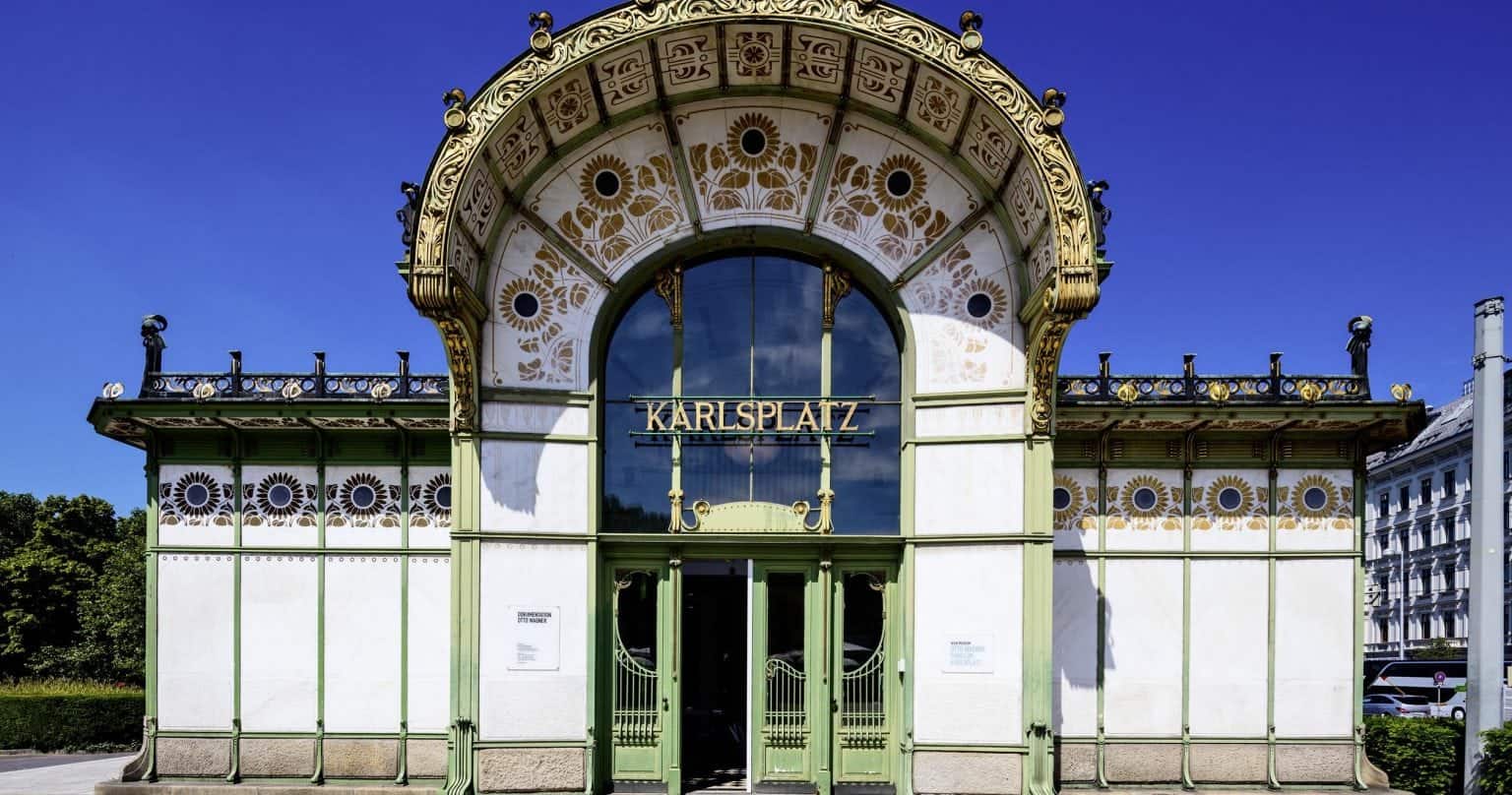

Whilst the Secessionists were only united for a period of 8 years, their impact on the cultural life of Vienna and indeed Europe, was incredibly significant. Meaning, pronunciation, translations and. The group would continue to produce exhibitions, but were not of the same quality and impact as before. Vienna Secession definition: the a Viennese movement of the late 19th and early 20th cent. Now divided, the remaining Secessionists lacked the cohesion and initial spirit of artistic pluralism. The end of the movement in 1905 is marked by a separation of its members, as the so-called ‘Klimt Group’ fractured off. They rejected the increased industrialisation of the nineteenth century, and promoted a return to craftsmanship and handwork. The Secessionists believed in the equality of all forms of arts and crafts and sought to unite both in the Gesamtkunstwerk – total work of art. The Vienna Secession was the name given to the group of artists, architects and designers that broke away from the main establishment of Viennese artists to. The Secession Movement aimed to provide a space and forum for modern arts, and was hugely influential in its fleeting moment of impact. They had been required to rent for a considerable sum the building of the Horticultural Society for the first secession exhibition in March of 1898 and had seen the need to revise exhibition spaces from the traditional Salon model. In consequence, new arts were often rejected by the exhibitors in favour of the old. From the onset, one of the most important aims of the secessionists was to have their own exhibition building. Similarly to London, Paris, Rome and other artistic centres in Europe, the artistic world had become restrictive and continued to favour the academic painting and naturalism of the past.

The two most dominant of which were the Akademie de bildende Kunste (the Academy of Fine Arts) and the Kunstlerhaus Genessenschaft – a private exhibiting society founded in 1861. It was a symbol of modern ideas, aesthetic principles and creativity.Ī group of artists had made a decisive break from the traditional fine arts and its institutions in Vienna. The building, purpose-built to hold exhibitions of the ‘new arts’ of modernity, was designed as a sort of visual manifesto of the Secession artists. The quote above is written above the door of the Secession Building, designed by Joseph Olbrich in Vienna in 1897. The Vienna Secession: in a Nutshell “To every age its art, to every art its freedom.”


 0 kommentar(er)
0 kommentar(er)
